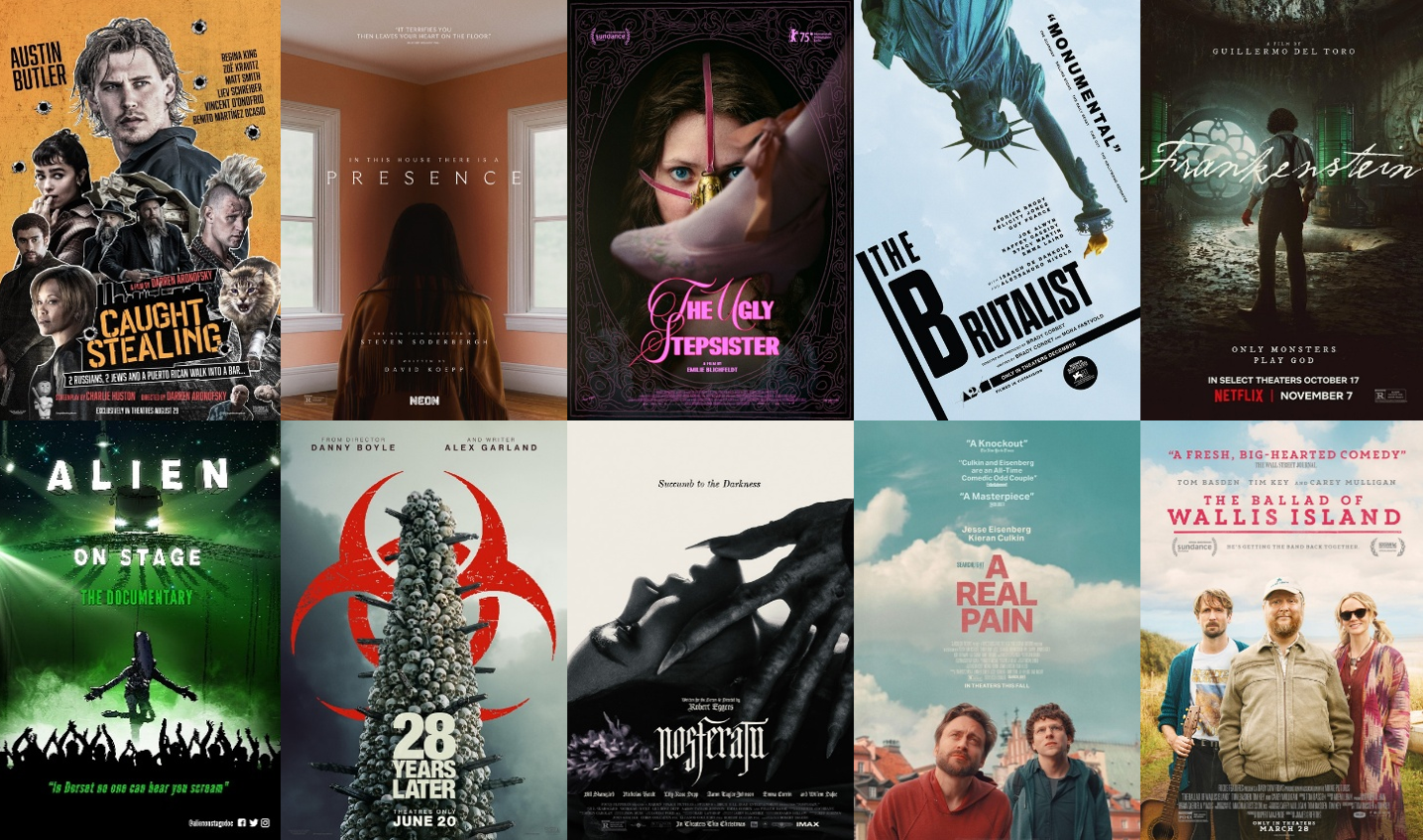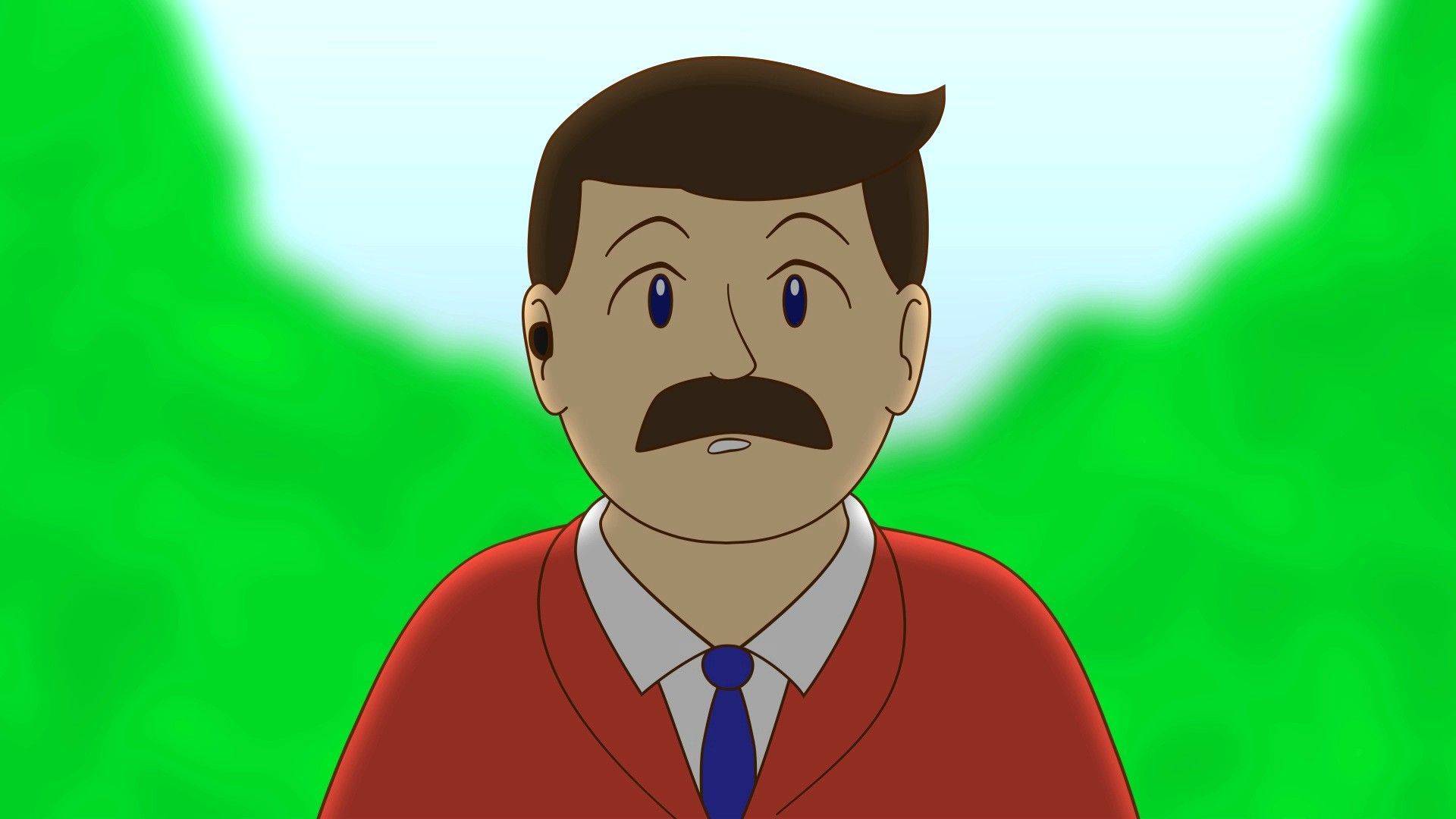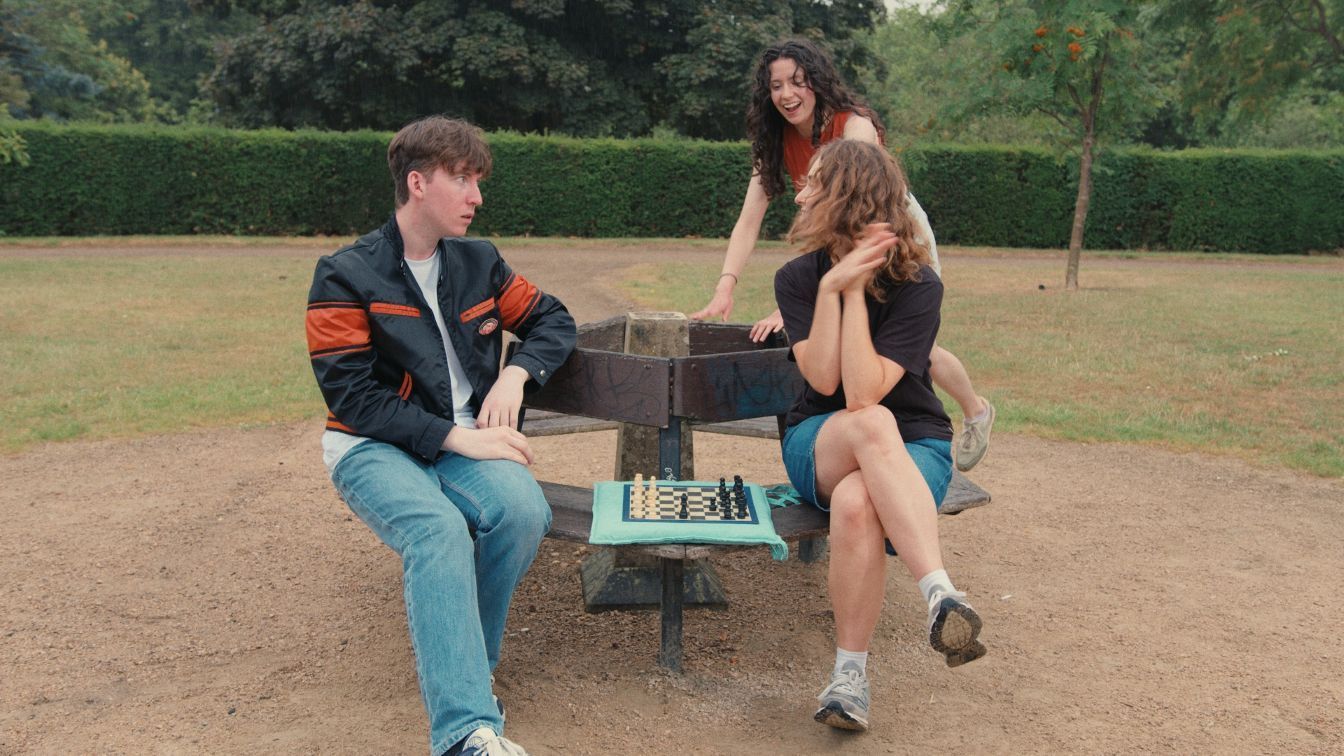A Knight Jumped From the Window - Best CGI in movies
midlandsmovies • May 29, 2020

A knight jumped from the window - Best CGI Movies
THIS POST WAS FIRST PUBLISHED IN 2012
Ever since the knight jumped from the stained-glass window in the mid-80s film Young Sherlock Holmes, audiences have been increasingly exposed to computer generated imagery (CGI) as a means of directors to tell their stories through the use of special effects. As films have moved from the practical effects and stop motion miniature techniques from pioneers like Ray Harryhausen, there has been a heavy reliance on digital manipulation to not only assist with previously unfilmable monsters and spectacular set pieces, but now to do everything from extending backgrounds, adding sheep (Brokeback Mountain) and even changing hairlines (Nic Cage!)
However, with any medium the range of quality has varied over the years and I’m going to take a look at what I think are some of its best uses along with some of the most ill-judged over-reliance on it.
To start with, I’m a more ‘in-shot’ special effect kind of guy, which has a bigger air of “reality” to me but done well and with the right amount of care, CGI definitely has its place amongst the director’s weapons to conceive of new ways to get their plots across.
So, let’s start with some of the best. Christopher Nolan has expressed his frustration with both 3-D and CGI so his two Batmans and The Prestige have very little in the way of overt CGI. With car chases he relies more on miniatures too. However, one of his most unique visual shots comes from his film Inception (2010) with the dream-city “folding” over in Leonardo Di Caprio’s mind. An amazing shot that is all the better for it being in daylight and Nolan has said that the more you can capture in camera, the greater reality it will have if/when you have to subsequently augment the shot with CGI.
CGI Characters are also one of the Holy Grails of the industry and after a few false starts (we know who), Peter Jackson came good with Weta’s interpretation of Gollum in LOTR: The Two Towers. The film contains many brilliant uses of CGI but in hindsight, Andy Serkis’ mo-cap performance was such a revelation that it was enquired to see if an essentially animated character could be nominated for an Oscar (they couldn’t said the Academy). In addition to this, and in my opinion even better, is Bill Nighy’s Davy Jones in Pirates of The Caribbean 2 and 3. Unfortunately placed in one below-average and one terrible franchise sequel, the squidy tentacles were so realistic the Academy (again getting it wrong) wanted to nominate the film for best make-up. Under water, at night, wet, playing the bone-piano or in broad daylight, the CGI is seamless and is the standard that all subsequent films need to (but have yet to) match.
Two more of the best are Andy Serkis ‘creations’, once again doing his monkey business (that man has a lot to do with the subsequent quality it seems) in the form of Peter Jackson’s King Kong and as Caesar the chimp in Rise of the Planet of the Apes. Both are amazing feats of technology, they have to be anatomically correct and get the features and fur spot on, but aside from the Serkis-factor, the CGI has them blending in with the human actors and environments brilliantly.
Moving from characters to environments, I feel Tim Burton’s move to CGI has seen his film quality go down (the vacuous digital landscapes of Alice in Wonderland easily loses out to the genuine earthy feel of Sleepy Hollow for example) but if they had anything going for them, then the Star Wars prequels gave us some of the best cityscapes in the form of the metropolis planet of Coruscant. Moving swiftly on though, an all CGI film (Pixar’s Wall*E) showed an amazing barren and junk-filled earth based reality in its first half whilst Tron: Legacy was a visual feast for the future and Zack Snyder’s 300 an environment capturing the past. Say what you like about those films (I have a soft spot for both) the visuals were absolutely amazing and both kept with the style/feel of the film which did not make the CGI stand out.
So what’s left? I’d argue that Iron Man’s suit is also a CGI tour de force (the mark 2 suit-up scene and the first fight in Eastern Europe especially stand out) whilst the dull-as-dishwater Superman Returns contains at least a one amazing CGI sequence in the airplane/shuttle accident and break-up. That film also contains a few essentially bad CGI bits, not least the final shot of the aforementioned sequence in an obviously fake baseball stadium. Terrible.
Going slightly further back when the technology was in its (ahem) inception, master of ceremonies James Cameron gave us the T-1000 in Terminator 2: Judgment Day. The liquid metal robot was one step further along the line from the technology he developed for the water alien in The Abyss but looking back on that film (a personal favourite) the scene with the T-1000 going through the bars of the mental asylum holding Sarah Connor was a brilliant effect, combined with the cut to the non-liquid gun getting stuck between the immovable bars.
It does seem to me that older films definitely tried harder to blend the new technology with the in-film which is why T2 as well as other films hold up so well today. And by hold up, I mean “look as good as”. Another film flirting with the technology at its start was Jurassic Park. Taking some of its cues from the original King Kong, Spielberg went ahead with full CGI dinosaurs and both the brachiosaurus reveal shot and especially the T-Rex attack on the cars at night have brilliantly integrated CGI monsters. And all this from a film made in 1993.
Speaking of Cameron, his 3-D epic Avatar needs a mention in the form of both the Na’vi mo-cap, 3-D and the planet Pandora (the animals were a bit so-so for me) which showed that CGI could (almost) create an entire planet and its eco-system. Another system of note with great CGI is The Matrix where bullet time, slow-mo and spinning cameras became standard fare of all actions films since its release.
Finally, Paul Verhoeven who cut his teeth on special effects sci-fi such as Robocop and Total Recall finally took to CGI in his subversive, violent and immensely fun Starship Troopers. It’s one of the first uses of CGI to create an “army” of monsters (used by countless films later including Star Wars, LOTR, John Carter from Mars & The Mummy etc) and again, the quality is high to still hold its ground against less caring product from studios nowadays who throw money at the screen hoping that flashy visuals will automatically “fit” into any movie.
Honourable mentions should go again to Paul Verhoeven in his film Hollow Man where Kevin Bacon’s sassy scientist goes invisible and aside from the comic-book multi-death ending, begins with some amazing body transformation visuals and believable CGI hide and seek – watch the DVD special features to see Bacon covered head to toe in all colours of bodysuit and make-up! I enjoyed District 9’s aliens and technology which was another seamless fit into the environment (possibly more difficult given the harsh South-African sunlight they were being placed into) as well as the head-swapping antics of The Curious Case of Benjamin Button (Brad Pitt), Watchmen (Billy Crudup) and Captain America (Chris Evans). A mention should go to Xmen’s Nightcrawler and the third film’s Golden Gate bridge move whilst Minority Report’s technology and action scenes were so well integrated into the sleek monochrome futuristic visuals they became part of the story.
In summary then, with great CGI comes great responsibility (more on Spiderman in the worst section) and film-makers both need to show a respect for the medium as well as restrained but unique use it would seem. Other than that, get Andy Serkis and you should have a chance...
Coming soon...
Part 2: Some of the worst CGI and its uses down the ages.
My favourite uses of CGI in the movies are:
• Inception (2010) – Dream city folding.
• LOTR: The Two Towers (2002) – Gollum.
• Pirates of the Caribbean: Dead Man’s Chest (2006) – Davy Jones.
• King Kong (2005) and Rise of the Planet of the Apes (2011) – King Kong and Caesar the chimp.
• Star Wars Prequels (1999 – 2005) and Wall*E (2008) – planet landscapes & environment
• Tron: Legacy (2010) and 300 (2006) – CGI past and future environments
• Iron Man (2008) – The suit
• Superman Returns (2006) – plane/shuttle break up.
• Terminator 2 (1991) – T-1000
• Jurassic Park (1993) – T-Rex attacks
• Starship Troopers (1997) – spaceships and bug attacks
• Avatar (2009) – Pandora environment
• The Matrix (1999) – bullet time
• District 9 (2009) – aliens and technology
• The Curious Case of Benjamin Button/Watchmen/Captain America – head swaps
• Minority Report (2002) – city and technology
• X-Men – Nightcrawler and Golden Gate Bridge move





